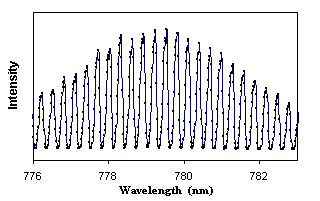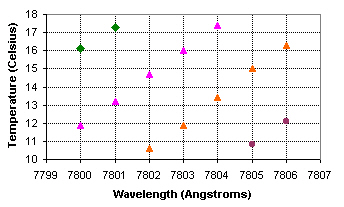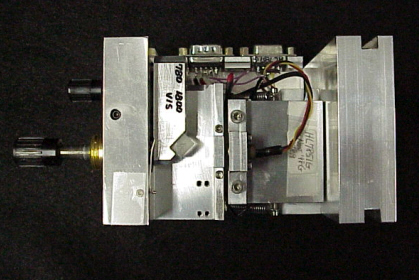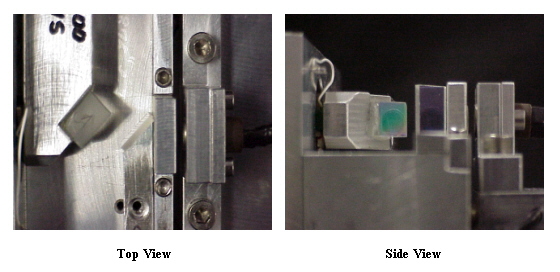Department of Physics, Bates College
Lewiston, ME 04240
Abstract
| Several designs exist for external cavity tunable diode lasers used in atom trapping experiments. Our aim was to combine the best aspects of previous designs but make improvements that would enable students to align and adjust the lasers more conveniently. Our lasers have been utilized in dual-species MOT experiments involving Rubidium and Cesium. We present construction details for several configurations, and show data evaluating their relative performance. |
Diode Laser Chip Modes






